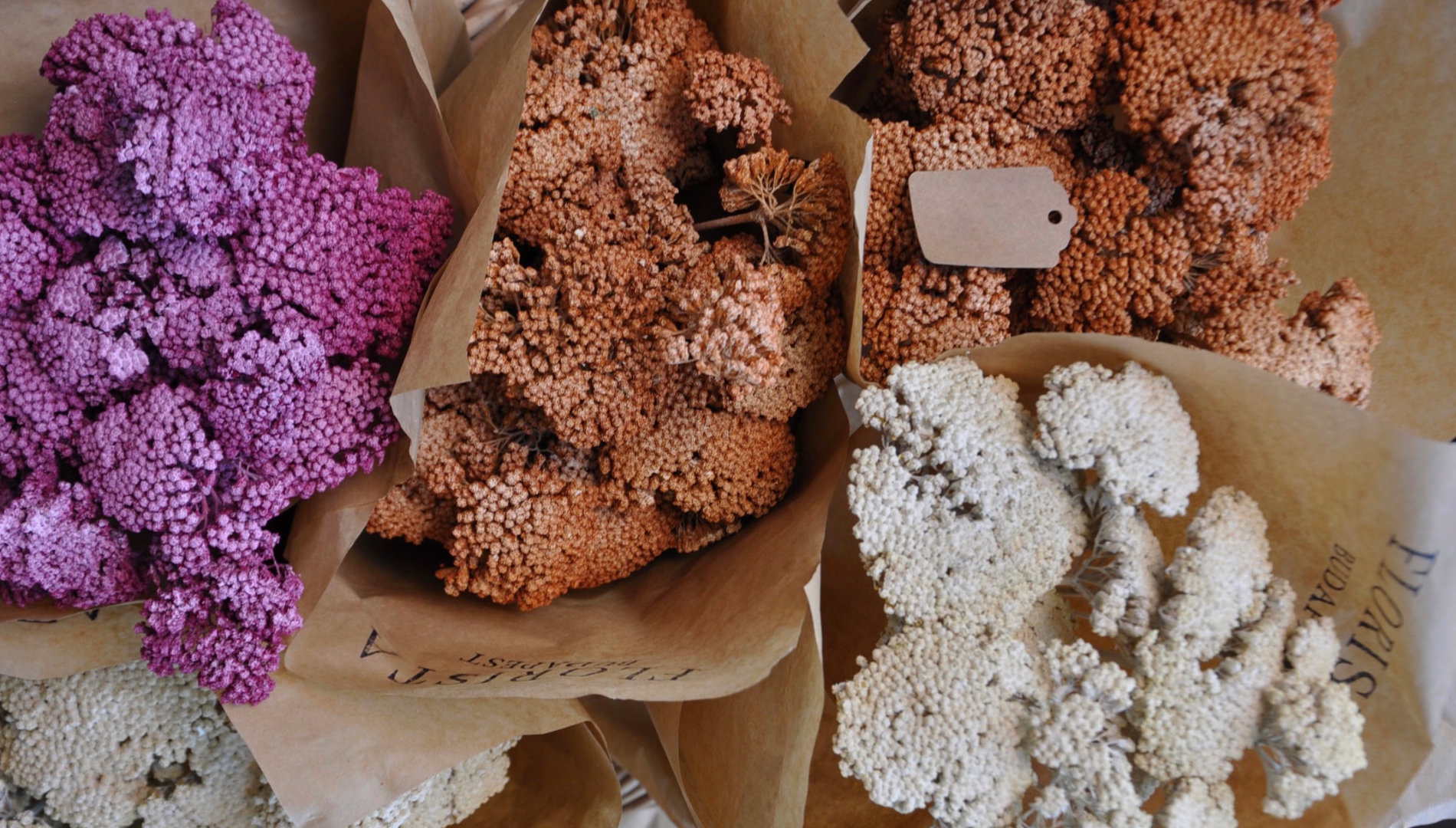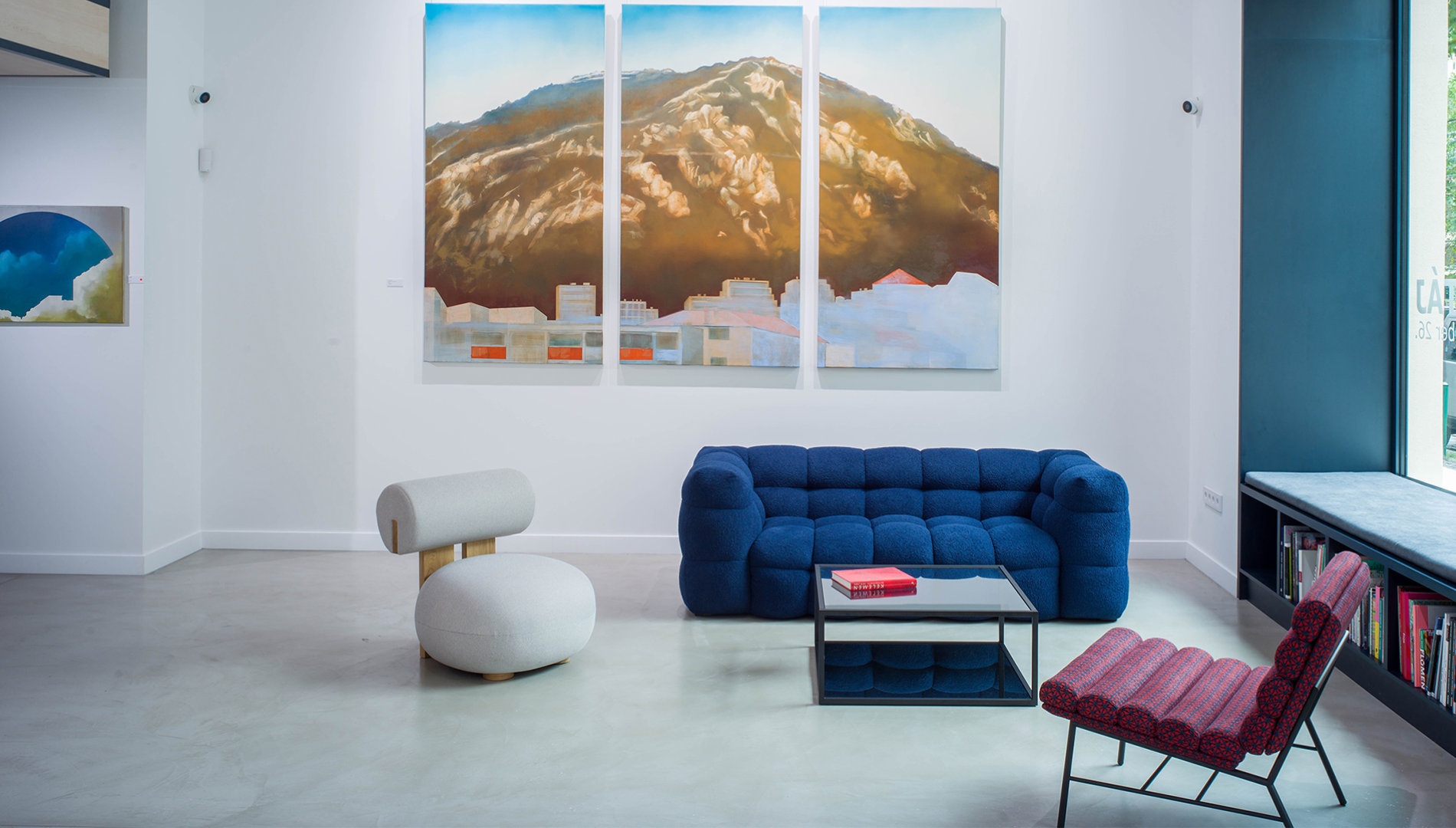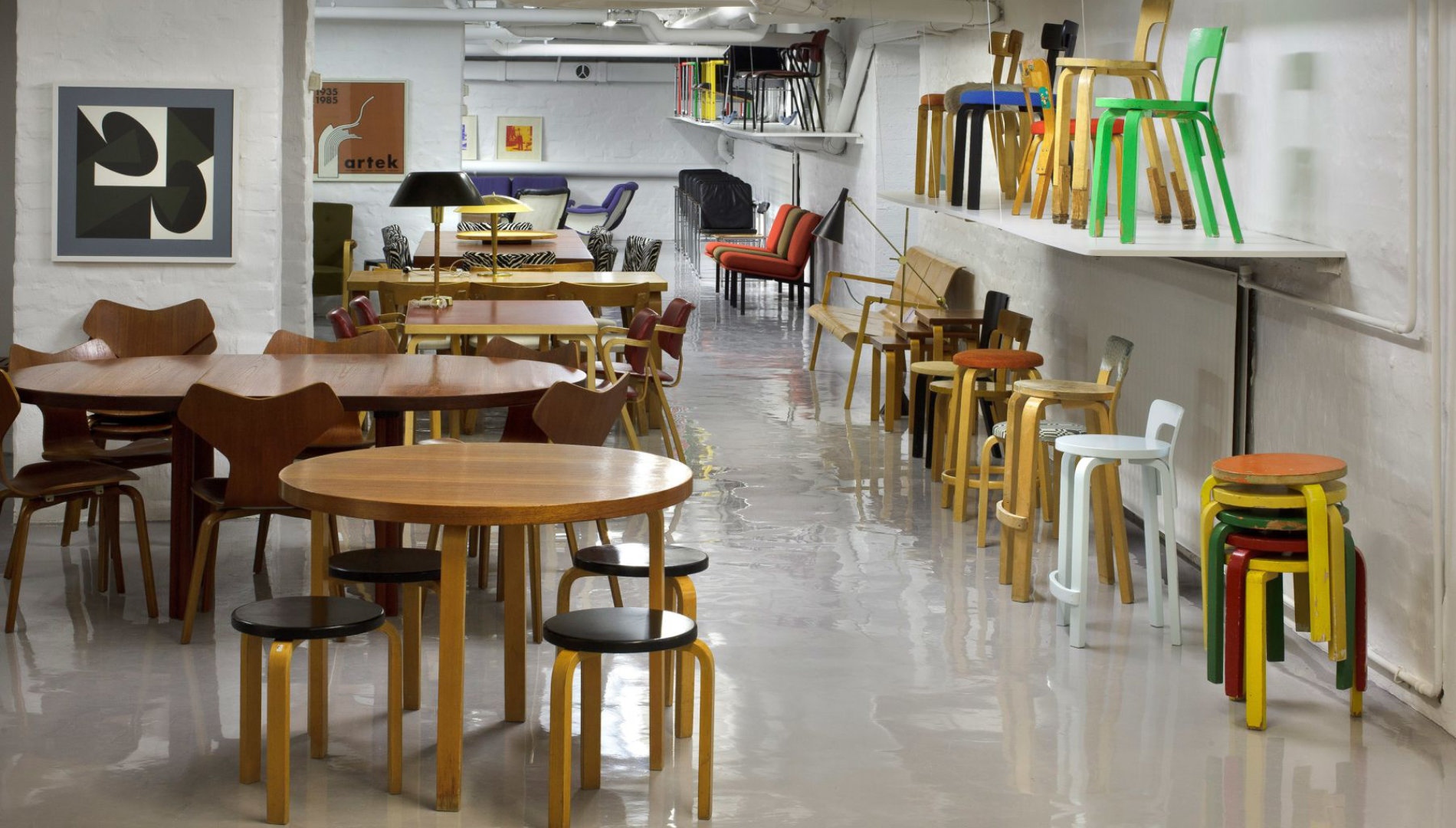
A celebration of enduring Nordic beauty
The name Artek stands for the unity of art and technology.
Modernism aimed to achieve a fruitful union of these two spheres. This same aspiration guided the founders of Artek in their naming of the furniture company. Later on, the brand started the initiative that blossomed into the 2nd Cycle project in 2006, by collecting old Aalto chairs and stools from flea markets and old factories, schools and shipyards. Today, Artek 2nd Cycle is not only a store, but a platform for pre-loved Finnish design: it buys and sells rediscovered furniture, lighting and other everyday objects. Besides manufacturing, selling and preserving design pieces, Artek puts great emphasis on educating audiences and bringing about positive changes.
Are you a seasoned champion of sustainability? Or just getting to grips with the concept of conscious consumer behavior? Be that as it may, read our interview with Antti Tevajärvi and Timo Penttilä from Artek to learn about the inspiring initiative – and the brand behind!
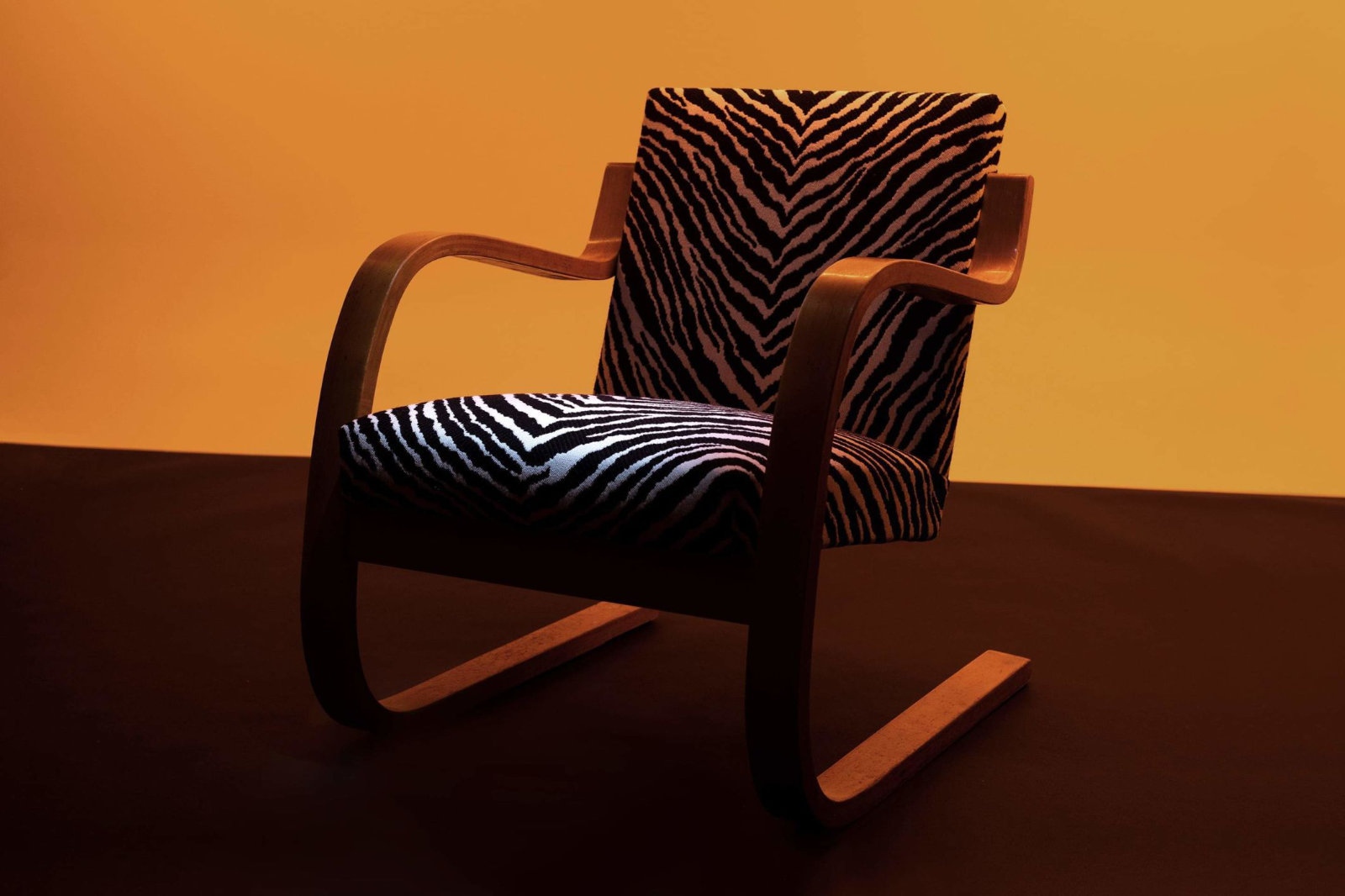
How would you describe the Nordic interpretation of modernism in connection with Artek’s heritage and activity?
Artek was founded in Helsinki in 1935 by four young idealists: Alvar and Aino Aalto, Maire Gullichsen, and Nils-Gustav Hahl. Their goal was “to sell furniture and to promote a modern culture of living by exhibitions and other educational means.” The founders sought to enhance modern-day life through progressive design, and aspired to practical and aesthetic longevity. This was manifested through innovative techniques, natural materials, standardized repairable parts, and a pursuit of enduring beauty rather than fashionability or obsolescence.
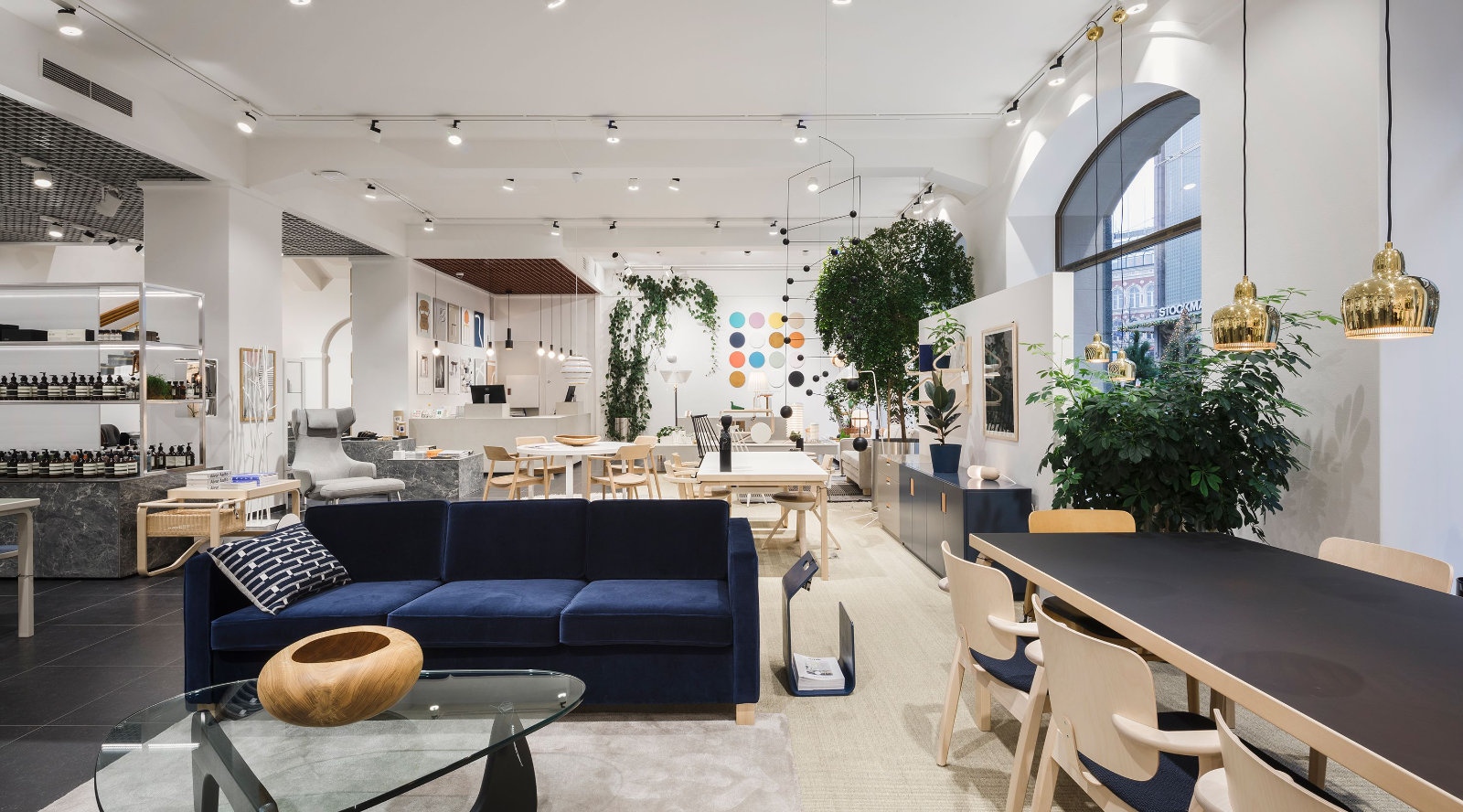
The company archive is embedded within the Alvar Aalto Museum holdings, an institution dedicated to the architect and designer who co-founded Artek. How does his legacy live on today?
In keeping with Alvar Aalto and the radical spirit of the other Artek founders, Artek today remains an innovative player in the world of modern design, developing new products at the intersection of design, architecture, and art. This heritage permeates the daily life of the Artek, and it has been preserved within the framework of the Aalto Museum Centre as well. The archive comprises furniture, lighting, textiles, and accessories as well as a vast collection of drawings, interior and construction plans, photography, and business documents from Artek’s founding years.
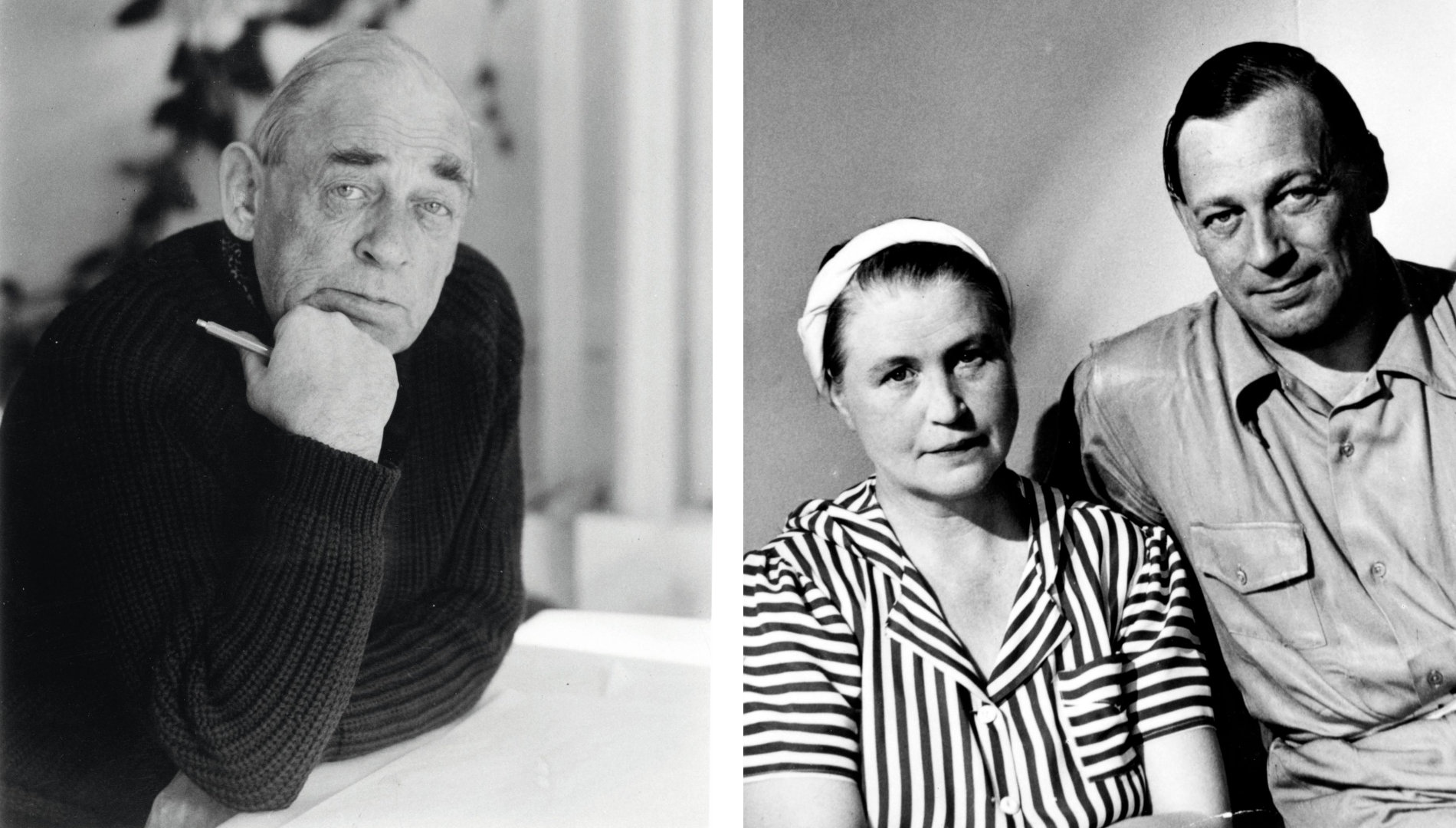
The Aalto2 Museum Centre consists of two buildings designed by Alvar Aalto – the Alvar Aalto Museum and the Museum of Central Finland – and a new extension, which is being built to connect them in 2023. As Alvar Aalto said in 1921:
Nothing that is old can be reborn. But nor will it disappear entirely. And that which once was, always returns in some new form.
The new Aalto2 Museum Centre will draw on Alvar Aalto’s architecture and design and the cultural heritage of Central Finland to form a new whole. The wide range of exhibitions, events and services at Aalto2 will fulfill Alvar Aalto’s wish of creating a forum to bring together a variety of art forms.
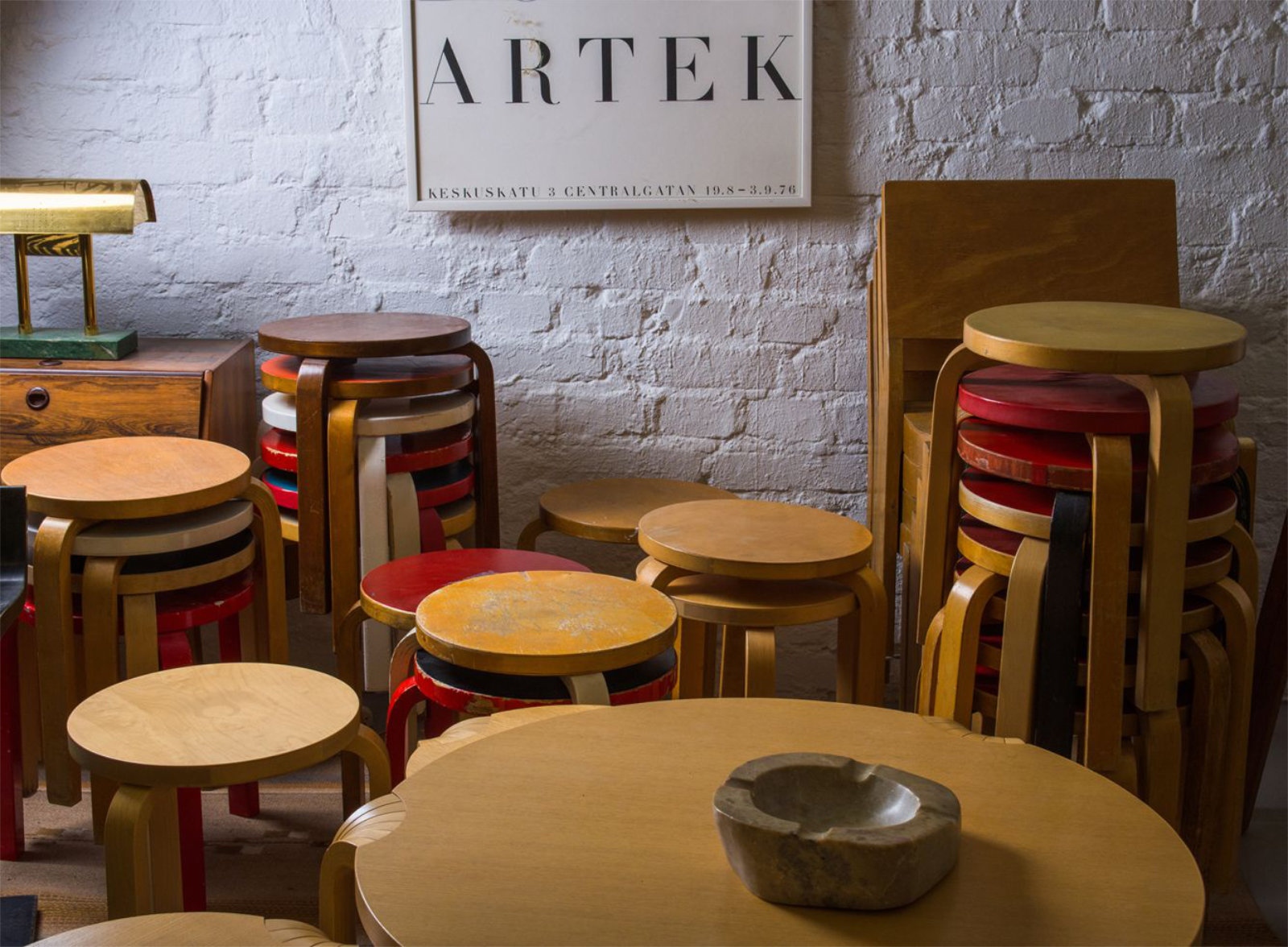
What are the governing values of Artek - and specifically 2nd Cycle? How would you define the ethos behind Artek 2nd Cycle?
Artek 2nd Cycle is Artek’s platform for pre-loved Nordic design: it buys and sells rediscovered furniture, lighting and other everyday objects, giving them a second cycle in their lives. In doing so, Artek 2nd Cycle celebrates the character and beauty that these timeless designs gain through daily use, preserving their qualities through a process of careful, considered reconditioning.
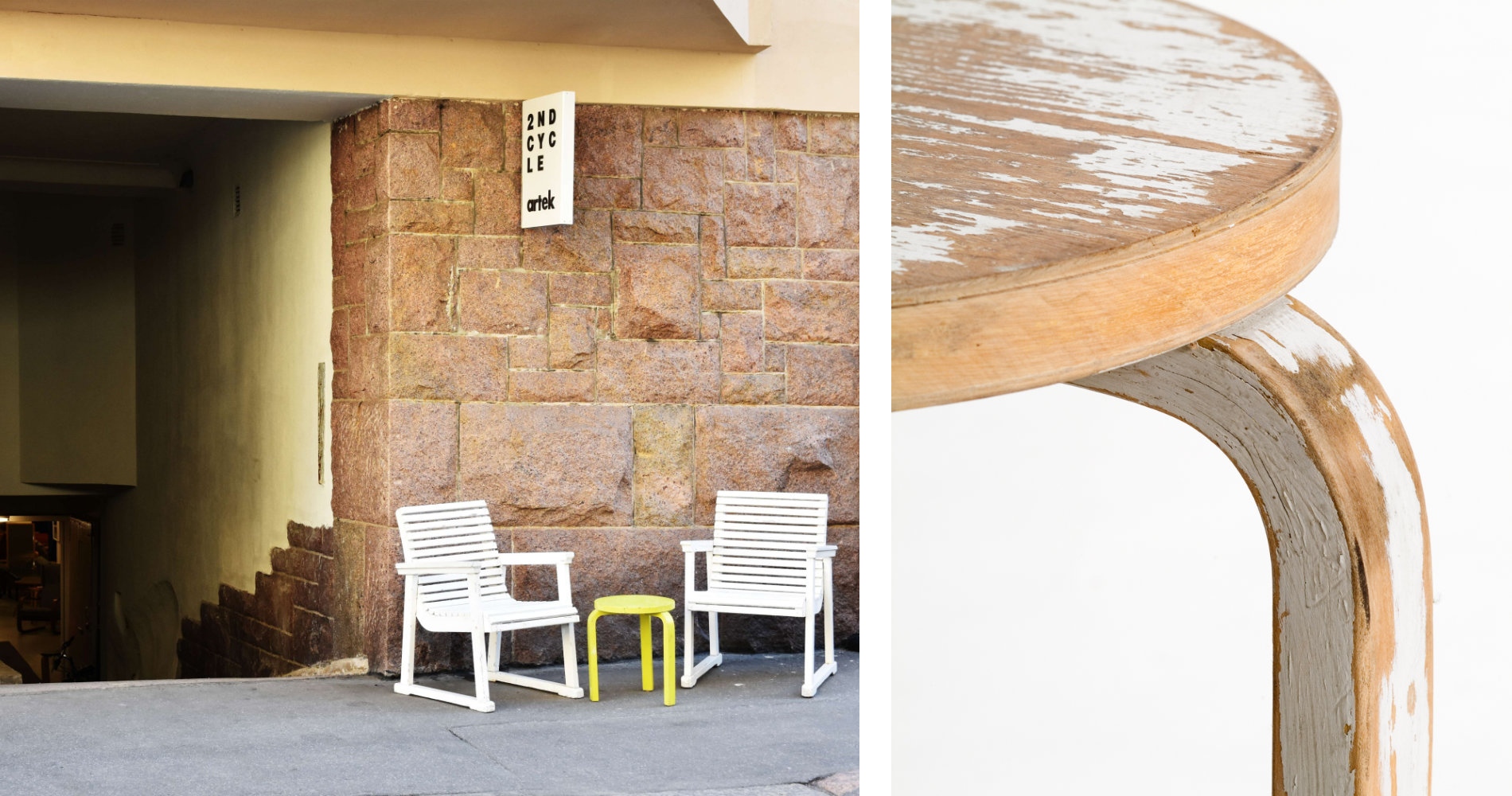
Showcasing the longevity and enduring appeal of Artek’s furniture, and of other Nordic design pieces, Artek 2nd Cycle promotes conscious consumption – the idea that what we buy should be carefully chosen and cherished rather than disposed of. It celebrates pieces that age gracefully, gaining character and beauty through everyday use, becoming unique with time and, through this, a sustainable, circular economy. It’s a principle that has always been important to Artek –
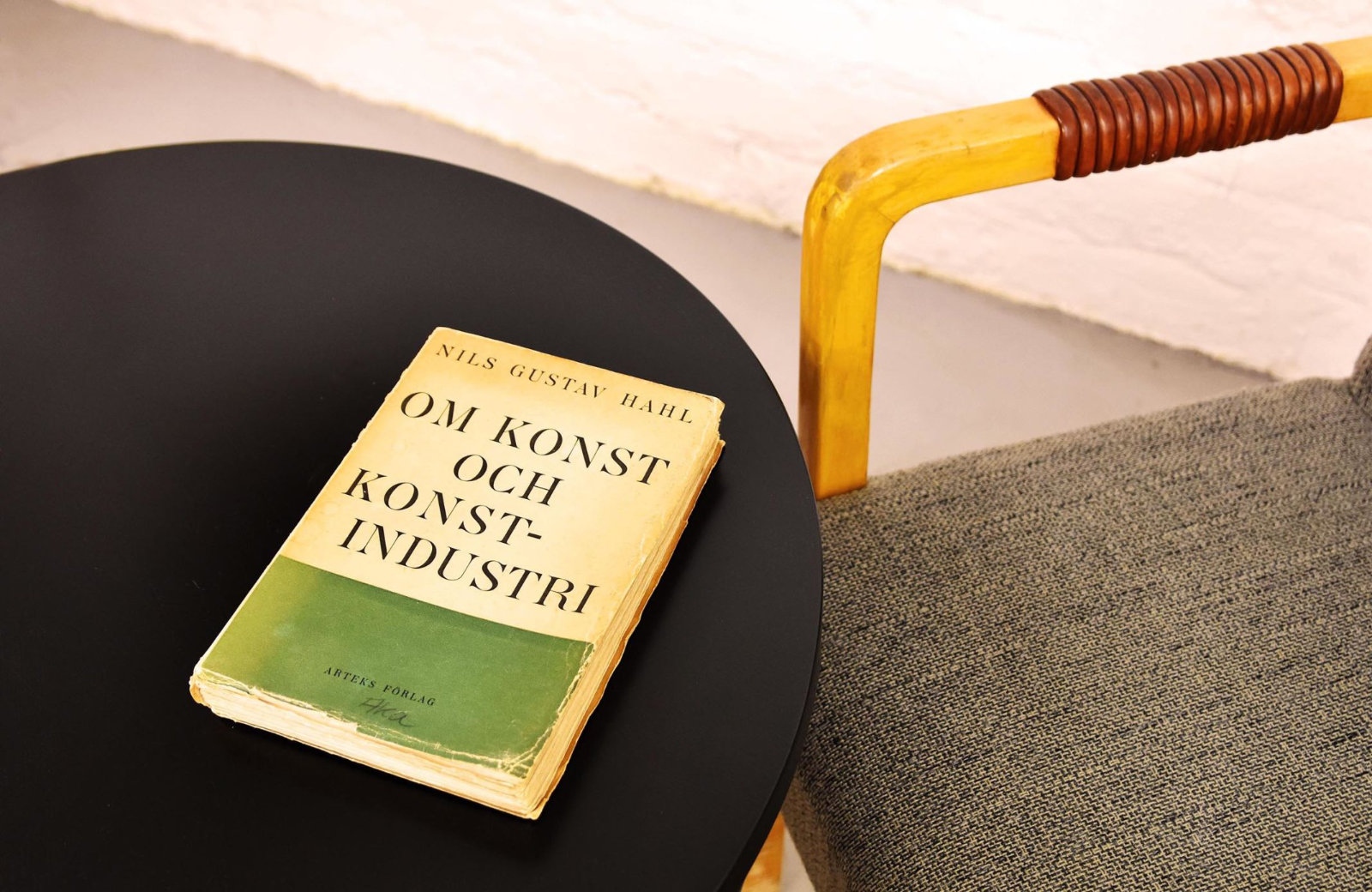
Artek 2nd Cycle also serves another purpose – connecting Artek’s past with its present. It researches diverse subjects such as the evolution of production methods and individual designs; or major architecture and design projects that Artek has been involved with over the years. In doing so, it has become a valuable resource offering future directions for the company. It allows historic designs to be brought back into production, or distinctive colors or materials from past editions to be reintroduced. And it also provides inspiration for new products, giving Artek’s designers and creative partners insights into the company’s heritage that fuel contemporary responses.
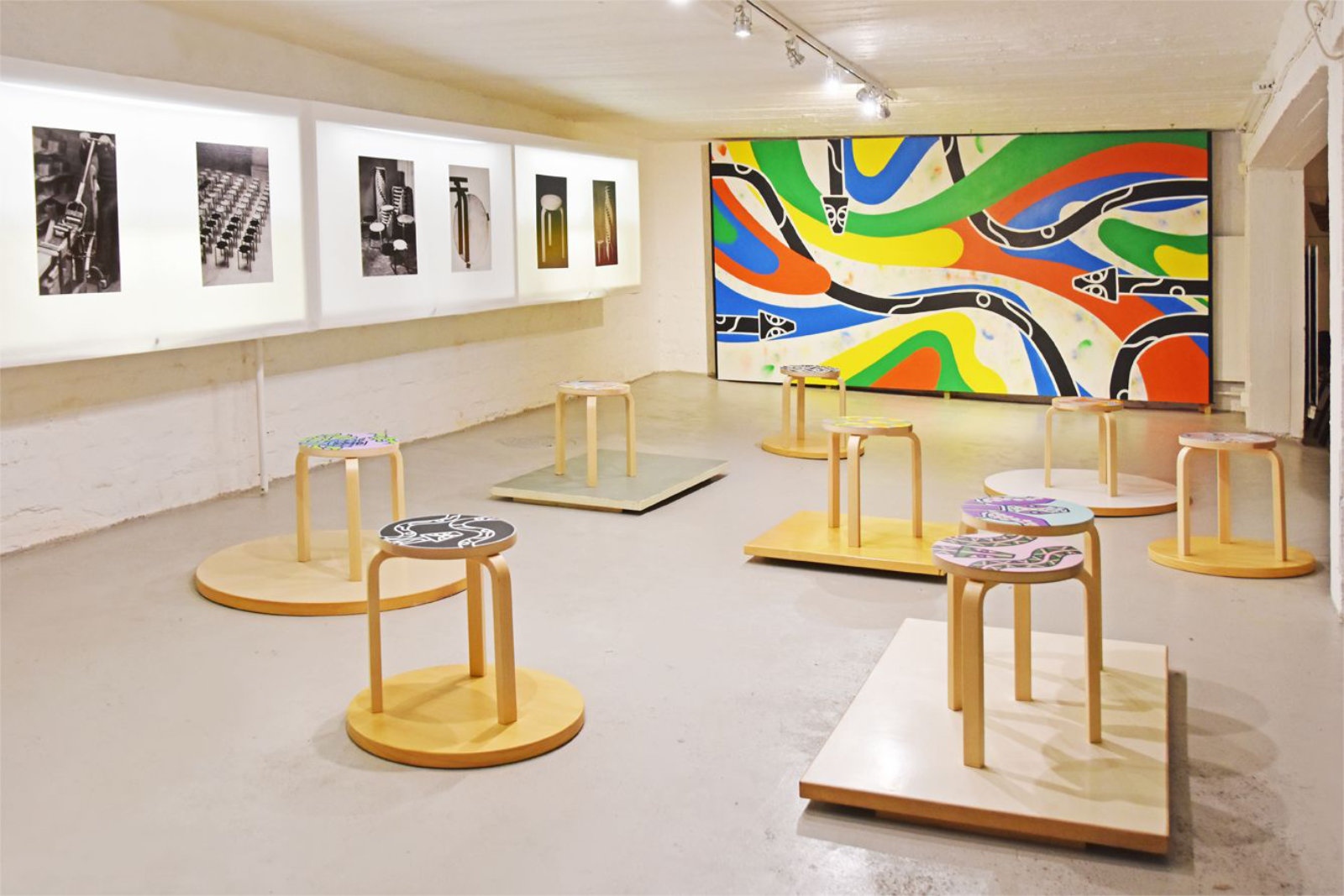
Could you tell us more about the process?
As we stumble onto the most well-kept and the most ill-used Artek furniture on a weekly basis we have accumulated quite a lot of information on restoring the furniture. We have a skilled network of restorers and upholsterers which we use. Even though we appreciate the patina and original condition of the items, it is sometimes a necessity to reupholster or conduct some conservation on the wood surfaces. Fortunately wooden furniture is relatively easy to maintain.
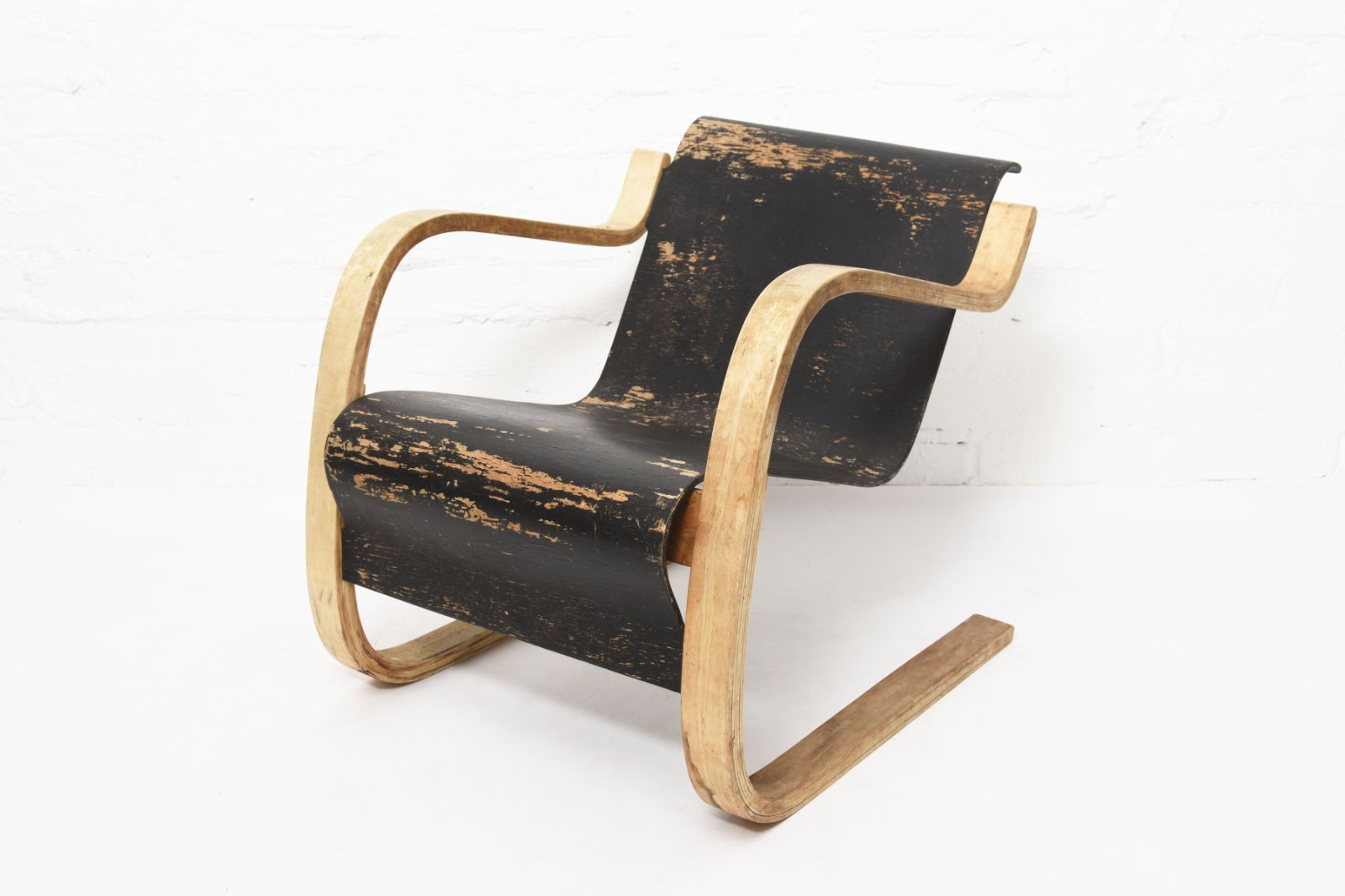
Artek opened the 2nd Cycle Store in Helsinki in 2011. What shall we find on location?
The Artek 2nd Cycle store in the heart of Helsinki welcomes design aficionados, curious visitors, architects, designers and collectors from around the world. Over time, its focus has expanded to encompass a wide range of pre-loved Nordic design, including lighting, carpets, ceramics, tableware and fine-art prints, from the early 20th century to today. Some of these items may be acknowledged classics by celebrated designers, including such figures as Arne Jacobsen, Yrjö Kukkapuro, Paavo Tynell and, of course, the Aaltos themselves. Others may be modest yet equally evocative pieces handcrafted by unknown artisans.
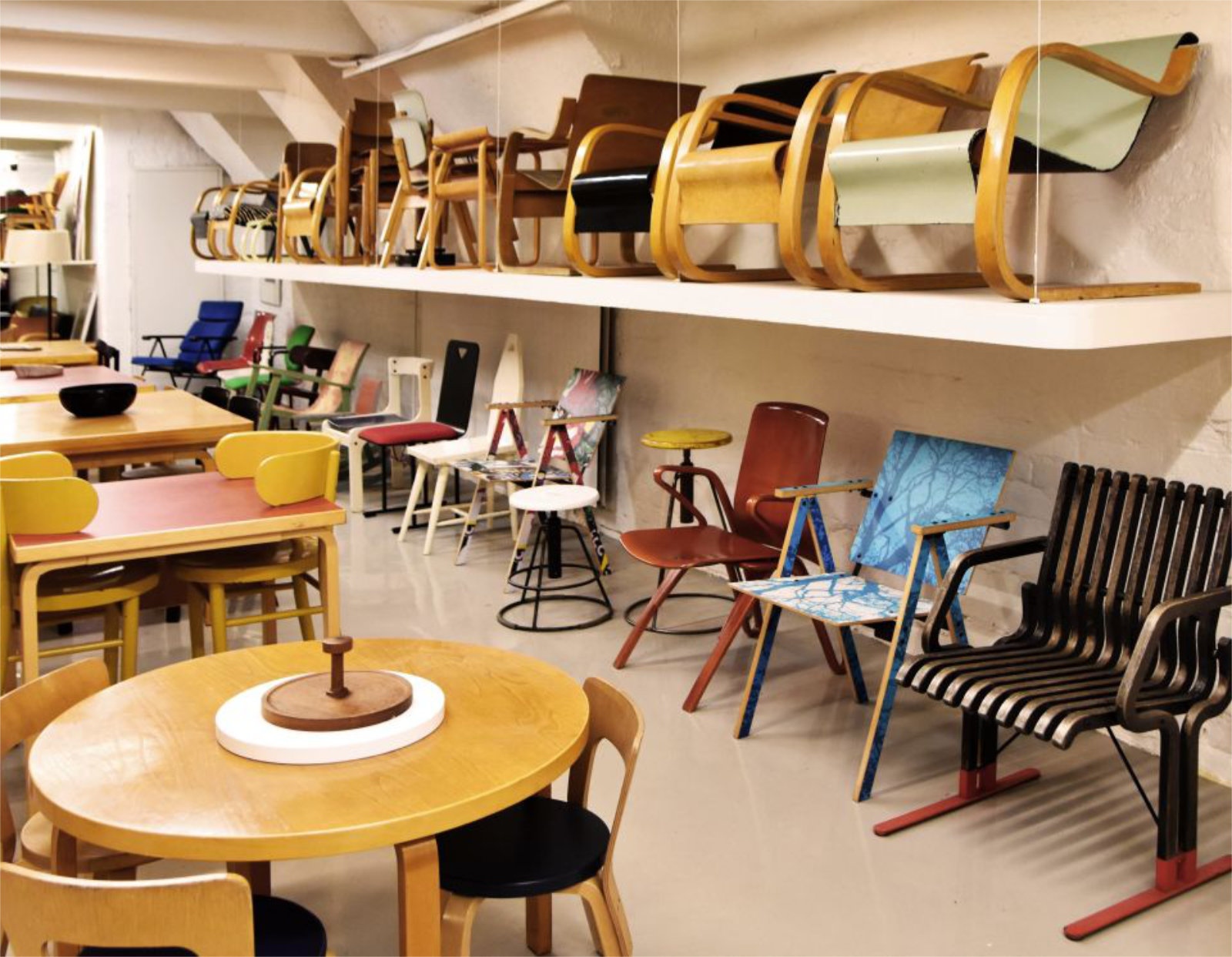
Today, the store acts as a meeting point and knowledge base for the entire Nordic design community.
In your experience, what are the most popular or sought after products?
As Finns, we are quite accustomed to using Aalto furniture in kindergartens, schools, hospitals and other public institutions. Alvar Aalto is considered a genius as an architect by many, but his furniture has not been put on pedestals by the Finns.
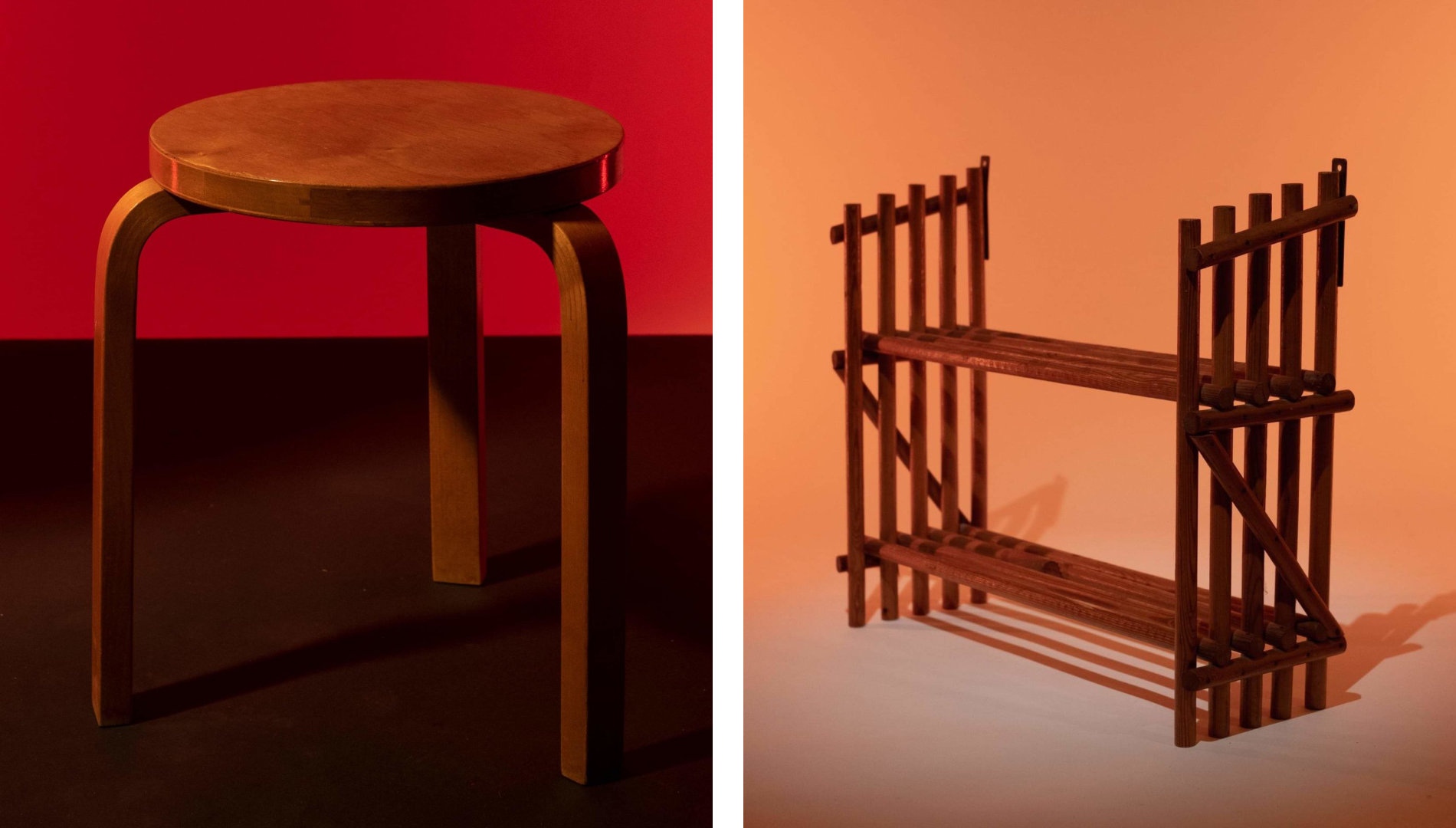
Most of the Aalto furniture were designed for everyday use with strong emphasis on craftsmanship and quality.
Also one very important aspect is the serial production and use of the same components (the L-shaped bent wood leg is, perhaps, the strongest example) to chairs, stools and tables. The appreciation of the so-called ‘design classics’ has not always been very high and some of our clients who have sold some internationally sought-after items to us have been surprised by the value of their inherited goods. One of our missions with Artek 2nd cycle has been to raise the awareness of the appreciation of Artek’s designs. We consider that we have successfully played our part in establishing new and re-establishing old relationships to the Artek brand.
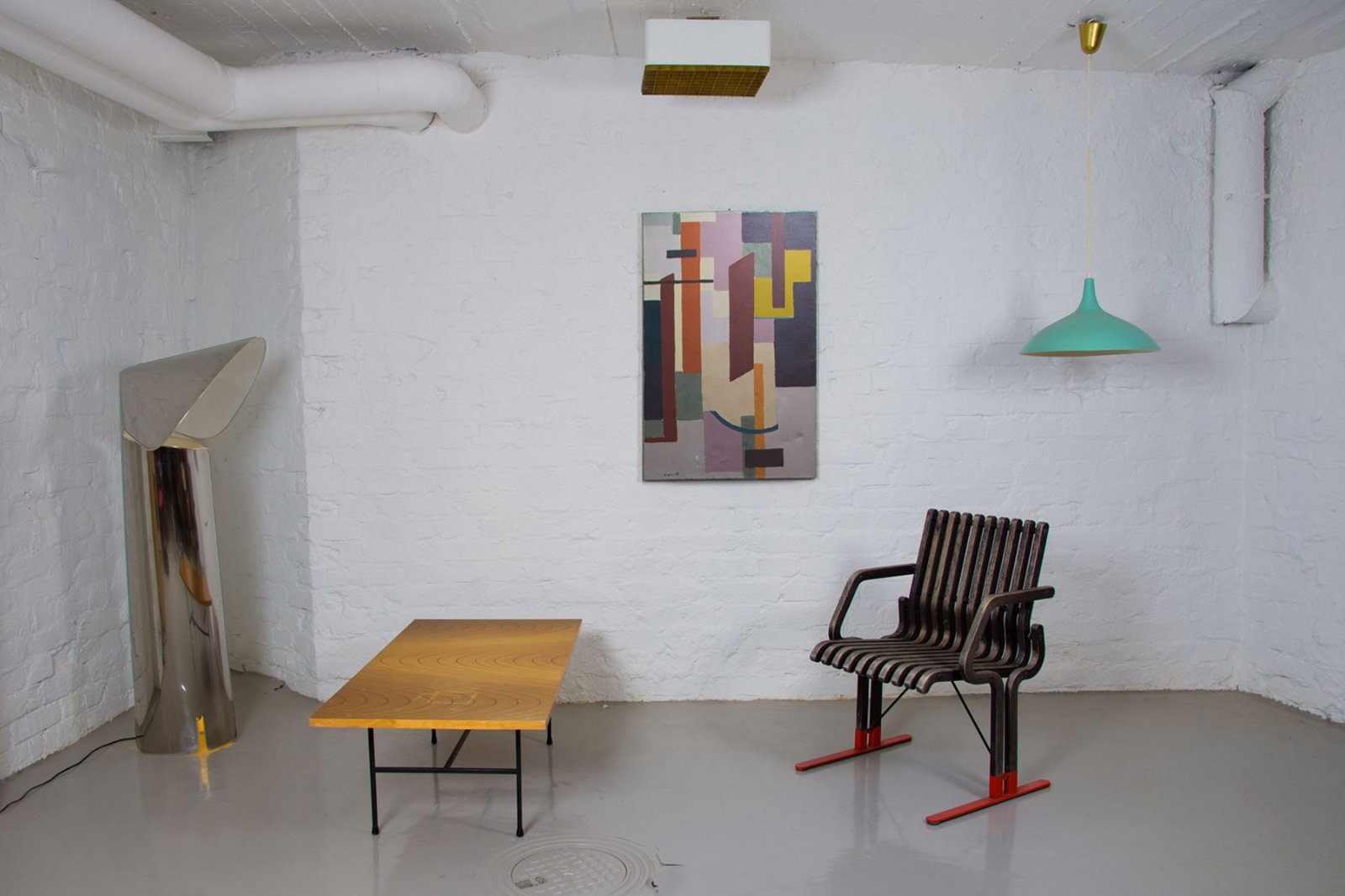
What are your favorite gems or rarities discovered and acquired in the framework of 2nd Cycle?
Every now and then we get lucky and find some early or rare pieces to include in our permanent collections. These items are not always so commercial, but as we do research on the company history it is highly valuable for us to make these discoveries. We’re sometimes quite astonished by the sheer amount of designs and designers which have in some way or another been related to Artek.
There have been many modern design furniture companies in Finland, but Artek is one of the few which has remained faithful to its modern principles.
In this sense Artek is and has been a true powerhouse of Finnish design, promoting and establishing local and international connections right from the beginning. On this note it’s rewarding to notice how we’re approached from many parts of the world and often with a strong and enlightened understanding of Artek’s core values.
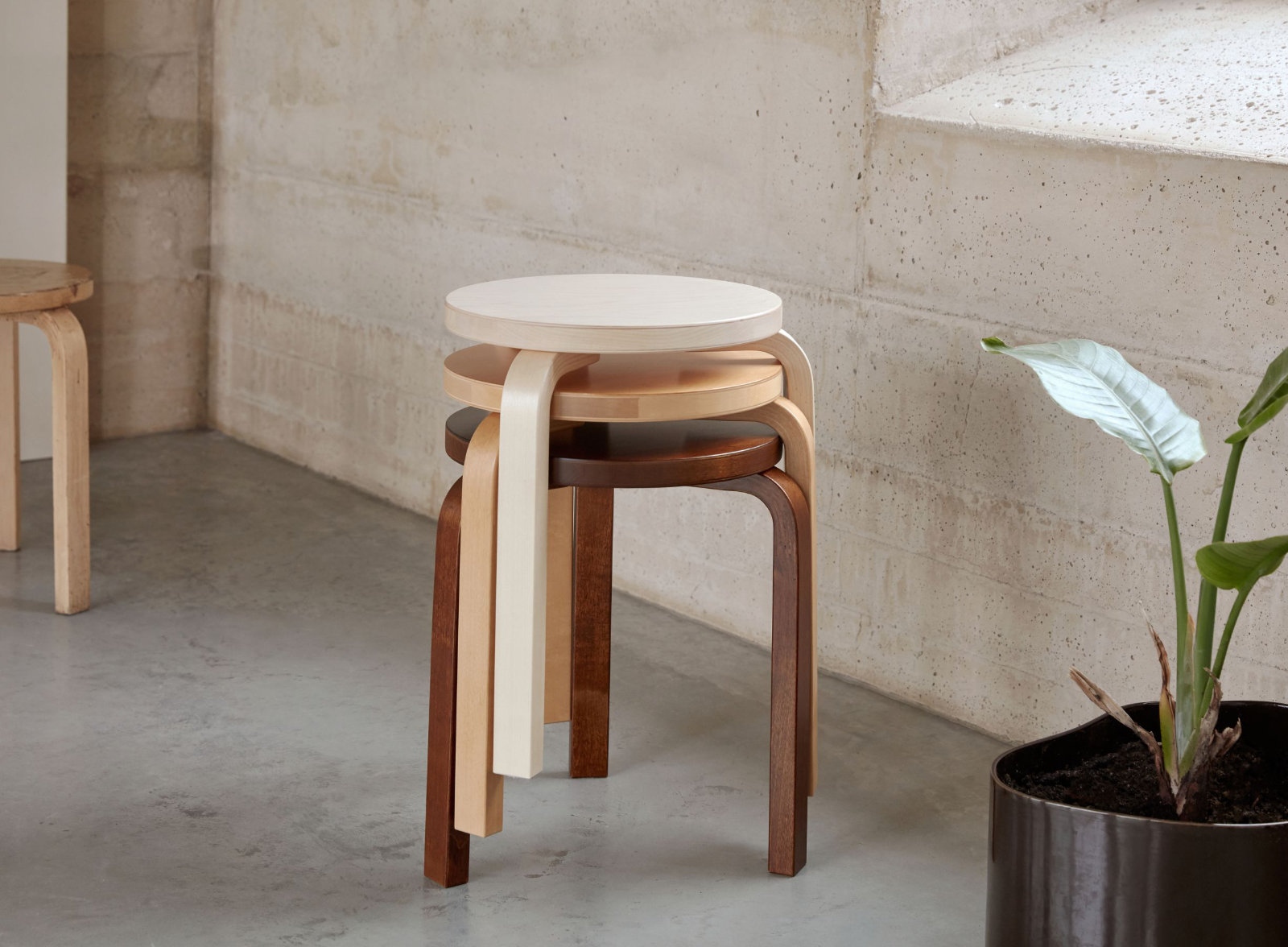
There are so many items we could include in the rare treasure list. Early plywood furniture from the 1930s, rare Aalto light fittings, bronze handles, early versions of Aalto’s stools, strange and early modifications of well-known Aalto models, early components with differing design details, unusual color combos in furniture or lamps, special orders of benches and other furniture which were solely designed for a particular space etc.
It is always super rewarding to discover something from Aalto’s architectural projects, for example we have found some original items from Paimio Sanatorium which was a landmark project for Aalto. The Sanatorium was built 1929-32 and is considered to be one of the most important works by Alvar Aalto. At the same time the items themselves teach us a lot about Artek; sometimes we purchase something anonymous, but after thorough research the items also turn up being original Artek designs.
You can find Artek furniture in Budapest, too. Look for the Finnish icon at our long time partner, POINT BUDAPEST! We hope to see you soon, between 22-24, September at the Budapest Arena, as well as on Facebook and Instagram!

